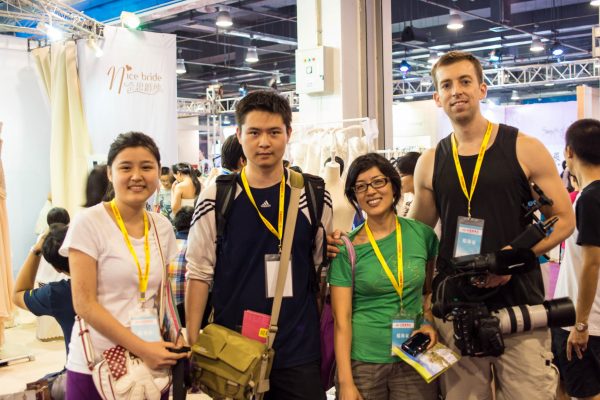Part two of a guest post by Nathan Mauger Read part one here.
The Canon 5D mkII changed my life. Before that I’d been a news and documentary shooter shooting on a full-sized ENG camera. When I first started shooting with DSLRs it was hard for me to quickly get a lot of shots when using a tripod. The depth of field is really shallow, there was no way to monitor the image properly because of the silly 480p stretched HDMI output on the 5d mkII, and it lacks focus peaking. To overcome this I always used a Zacuto Z-Finder – but on a tripod it gets a little awkward holding your eye to the Z-finder. So, except sometimes interviews, I shot mainly handheld with a Zacuto Tactical Shooter rig.
The Canon C300 overcomes these problems with its great LCD and nice focus peaking function (even though this is still no match for peaking on a proper ENG camera viewfinder). Unlike the 5D there is no loss of speed when shooting on a tripod. I also like the feeling handheld camerawork gives C300 images; I think it is much more organic and puts viewers right in the action.
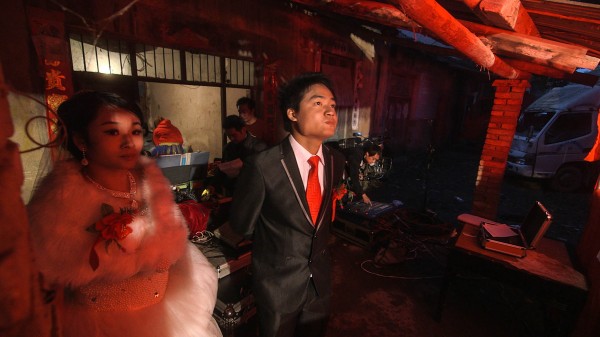
Hand-held and stripped down
For The People’s Republic of Love I shot everything handheld, except interviews (because we had 45 of them!), and I shot it in a very-stripped down way. First, I took off the LCD/XLR module. You don’t really need this unless you’re doing an interview or need to synch the sound. The C300 has a great viewfinder, and the LCD isn’t necessary when working handheld. When the camera’s right up against your eye, it’s also more stable. Without the LCD/XLR module and a shotgun mic, the C300 has no sound. To remedy this I attach a Sennheiser MKE-400 mini shotgun which plugs into the C300’s minijack mic input. This is a great little mic, powered by a single AAA battery yet very powerful and small. When we shot b-roll in restricted places where even a small mic might attract attention – like shopping malls or Tiananmen Square, I’d take the MKE400 off too, leaving no sound. The soundman would record some ambiance onto a Zoom or Tascam. This works fine – it’s just more work in post. I also took off the handle. The handle makes the camera easy to carry but without it, the C300 could pass for an oddly-sized stills camera. The Zacuto baseplate I bought came off after a few shoots, too. I hate matte boxes and rarely use them, and that baseplate is a full inch of extra metal!
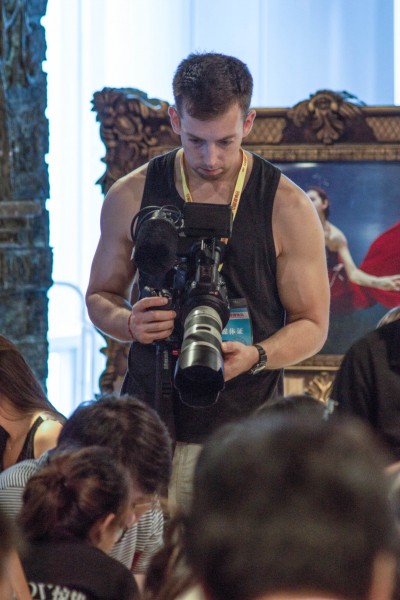
After a few weeks I rarely used support while handheld. I’m not a fan of medium shots. I like to be super-wide (16mm on a full-frame) or very close. If you have the C300 viewfinder up against your eye a support rig is not necessary to keep it steady for super-wide shots. For close-ups, if the lens has a very good image stabilizer (like the Canon 70-300mm recommended to me by DSLRnewsshooter editor, Dan Chung), then you can get away without support, just holding the camera up to your eye.
If we were in a location where we had permission to shoot I would sometimes use a monopod. I always thought that video cameras look funny on monopods – and they do – but the results are great. If you’re trying to get that subtle floating handheld look then a monopod is very handy for long-lens shots. I used the Manfrotto 694CX.
So here is the point I wish someone had told me in the beginning. To shoot great handheld footage with the C300 you don’t need anything except the camera body and lens. No LCD attachment, no expensive stabilizer rigs. Just hold the viewfinder against your eye. Shooting stripped-down left a very small footprint. In some of the locations we filmed in, you do NOT want people to realize you’re shooting a documentary, especially in China! Most of the time people didn’t know we were shooting video.
Interviews
For interviews, the camera had everything on it: LCD/XLR module, tripod, monitor, the lot. I highly recommend using a small monitor on a light stand, next to the camera as a reference. I try to keep the LCD screen uncluttered but when you have audio meters, battery info, and other essential overlays, it can affect composition. A simple HDMI monitor gives you something to properly assess the composition. I used a SmallHD DP6, which works very well. The whole monitor setup fits in a plastic Tupperware-style container: monitor, stand attachment, two batteries, and HDMI.
Most of the documentary was shot using a Tokina 11-16mm f/2.8, Canon 17-55mm f/2.8, and Canon 70-300mm f/4-5.6L IS. I started using the Canon 16-35mm f/2.8L more as shooting went on because I feel the 17-55mm is not sharp enough, despite its reputation. On a 7D you can’t tell but on a C300 the loss of sharpness is noticeable. I also used the Canon 70-200mm f/2.8L, and once or twice a 24mm f/1.4L, 35mm f/1.4L, 50mm f/1.2L, and 8-15mm f/4L.
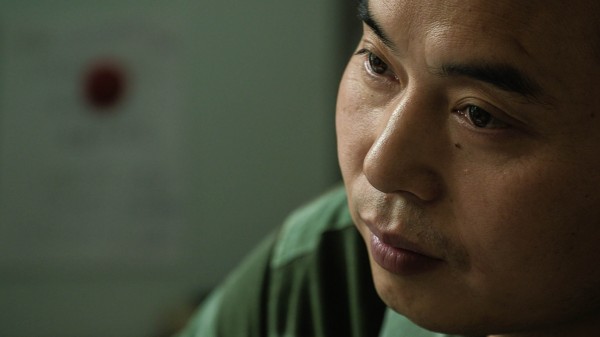
Picture profiles
I shot almost everything in standard picture profile. When we started I had big plans to shoot in Canon’s LOG profile but after a week I switched to standard profiles. The LOG C footage looked horrible after a simple grade. I have a basic knowledge of color correction but when I added the Look up tables, the picture looked very noisy, even when shooting at native ISO 850. I hope Dslrnewsshooter does some posts on color grading C300 footage soon.
LOG C takes away a lot of light and, with the full LOG C profile, the sharpness is at -15. I often turn off the sharpness on the Sony F900R and EX1 when I want something to look a little less like video but the softness is very noticeable with a -15 setting on the C300. You can even see it in the peaking when you’re shooting. I’m still not happy with the standard picture profiles. To me they look slightly desaturated and drab. All of that is fixable in post, but I always like a nice image right out of the camera. Especially when shooting for clients, as you never know if they’re really going to color grade the footage or not.
For ISO, I usually shot at the C300’s native ISO 850. When we started shooting I didn’t know the camera well enough to push it up past ISO 1250. I slowly learned though, that the image is fine at 1600, 2000, 2500, and is even very useable at 3200. The C300’s biggest weakness is that it’s not full-frame. Why Canon doesn’t make a full-frame version in this range is beyond me [currently the EOS 1D C is its only full-frame dedicated video offering]. There are many more full-frame EOS lenses out there than ‘legacy’ Super35 film lenses.
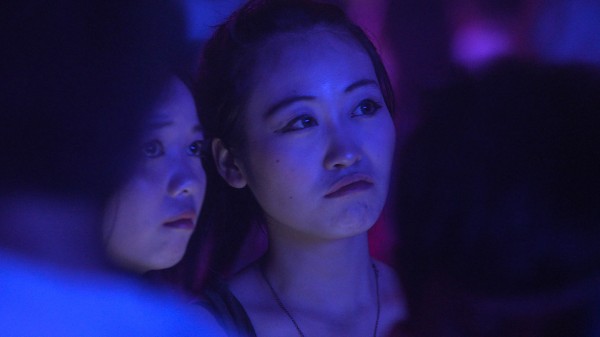
Since we put the trailers for The People’s Republic of Love online, the response has been enormous. We initially only posted a YouTube trailer and an article by producer Joe Xu on ChinaSMACK.com. In the first week we were getting a thousand hits every day and had broadcasters, distributors, and even a very large film festival contact us. We are now deep in writing and creating different versions for different broadcasters, and The People’s Republic of Love will show later this year.
You can find out more about the documentary on the The People’s Republic of Love Facebook page.
